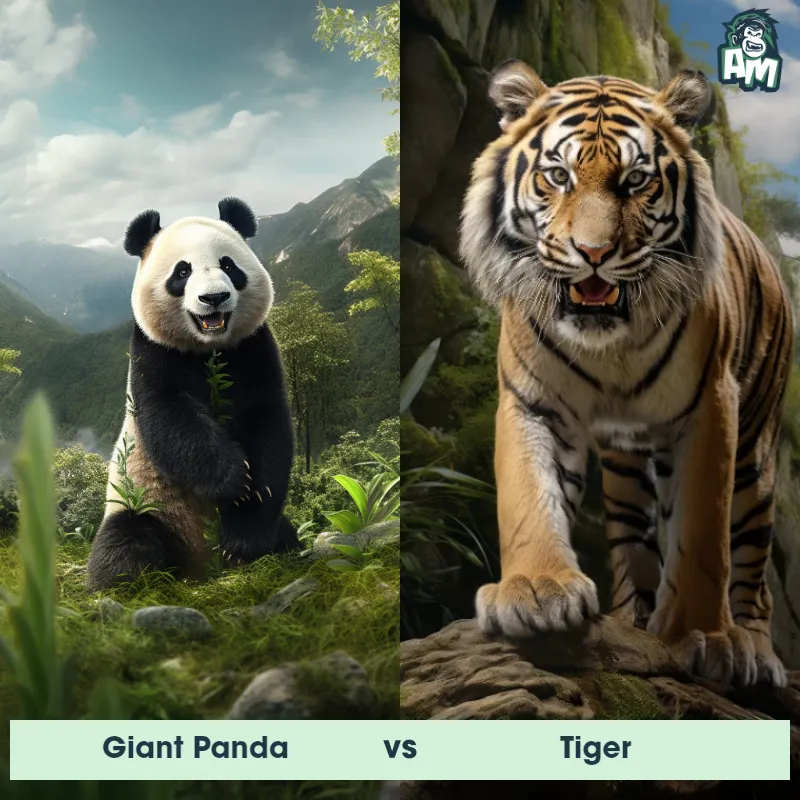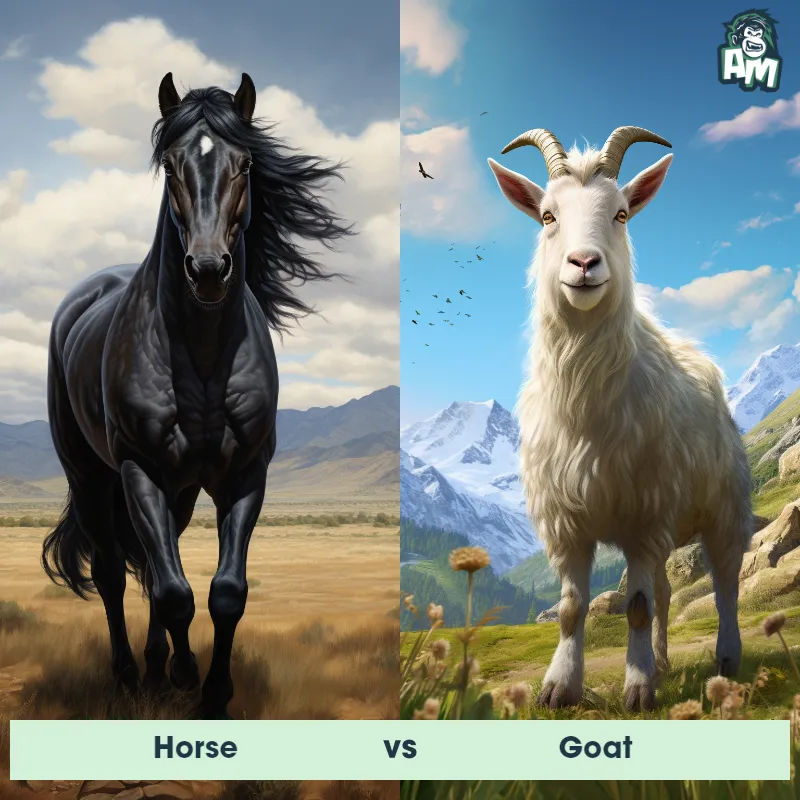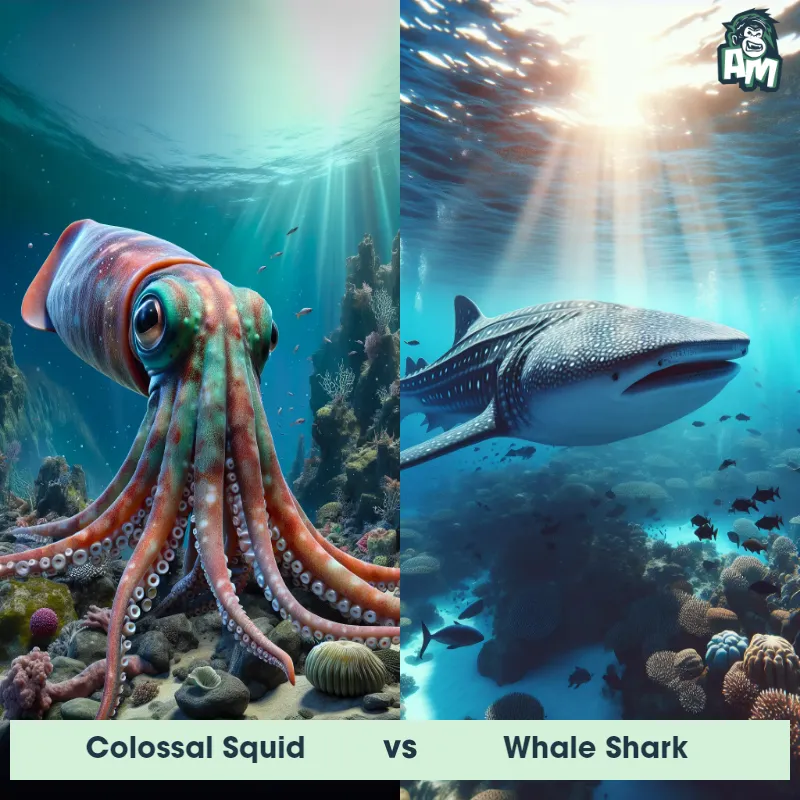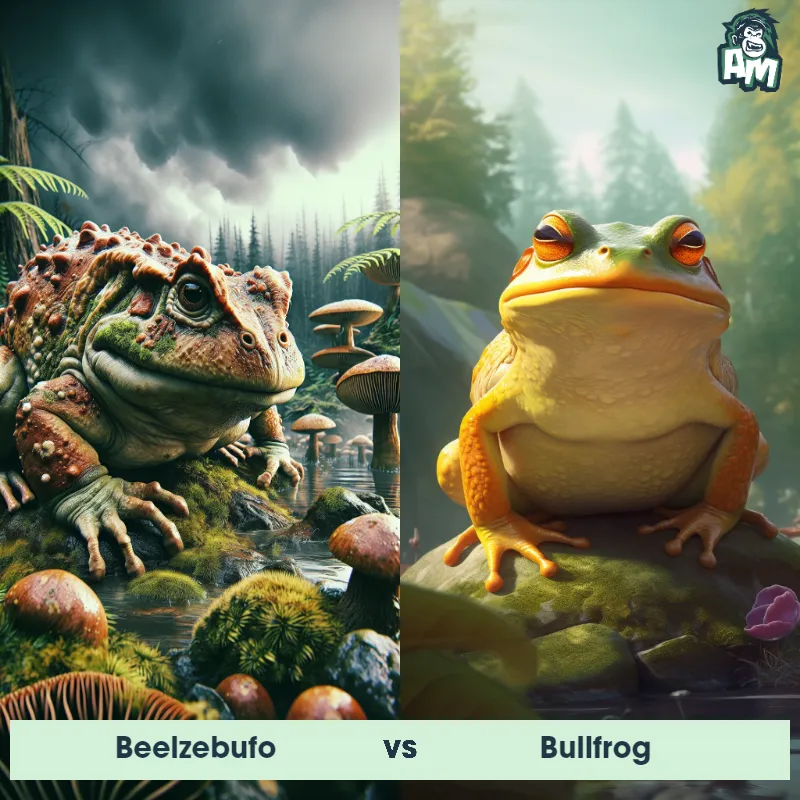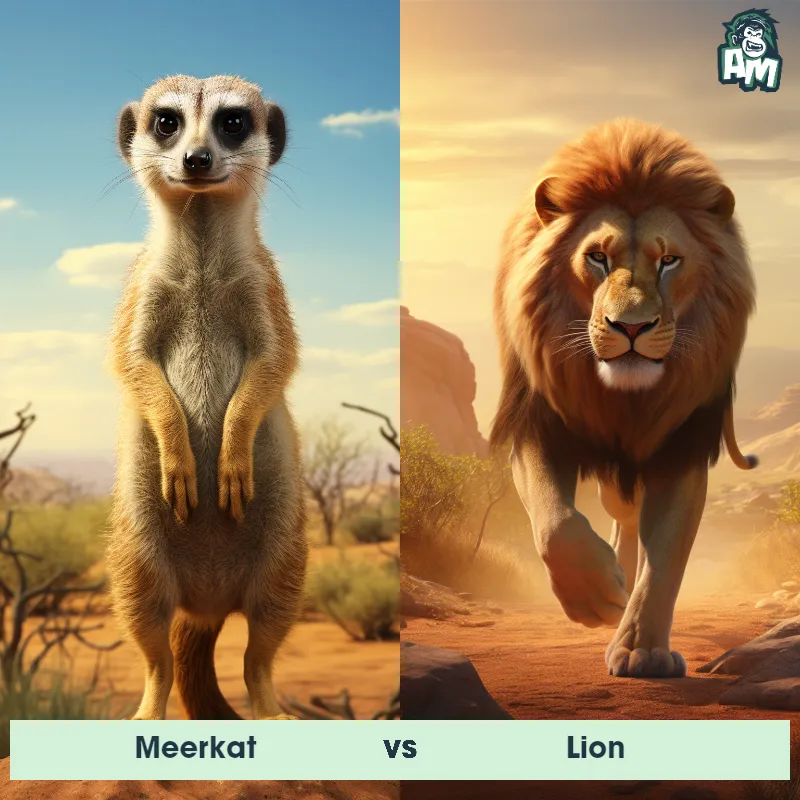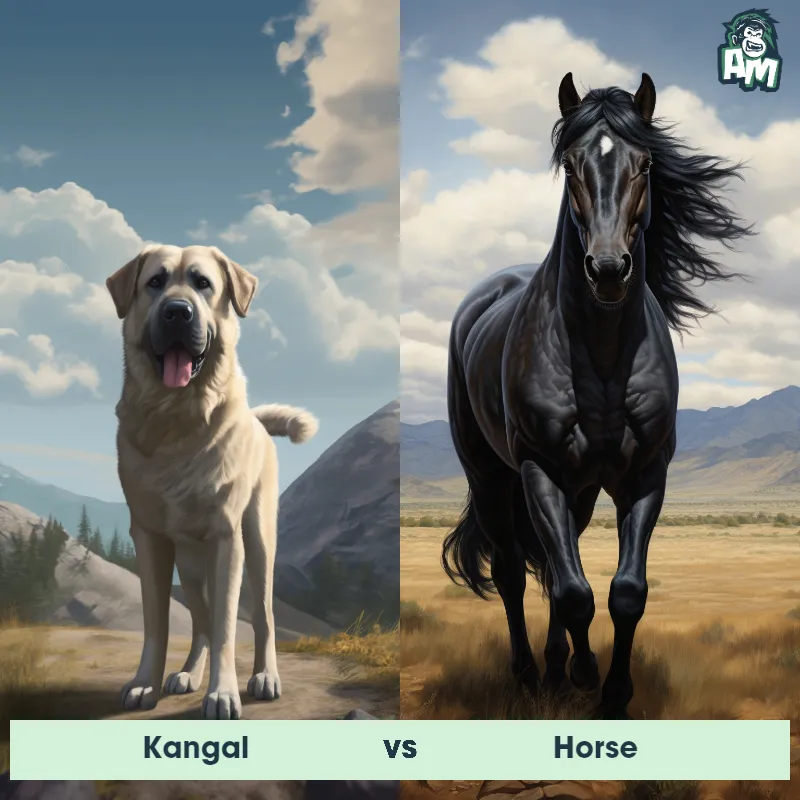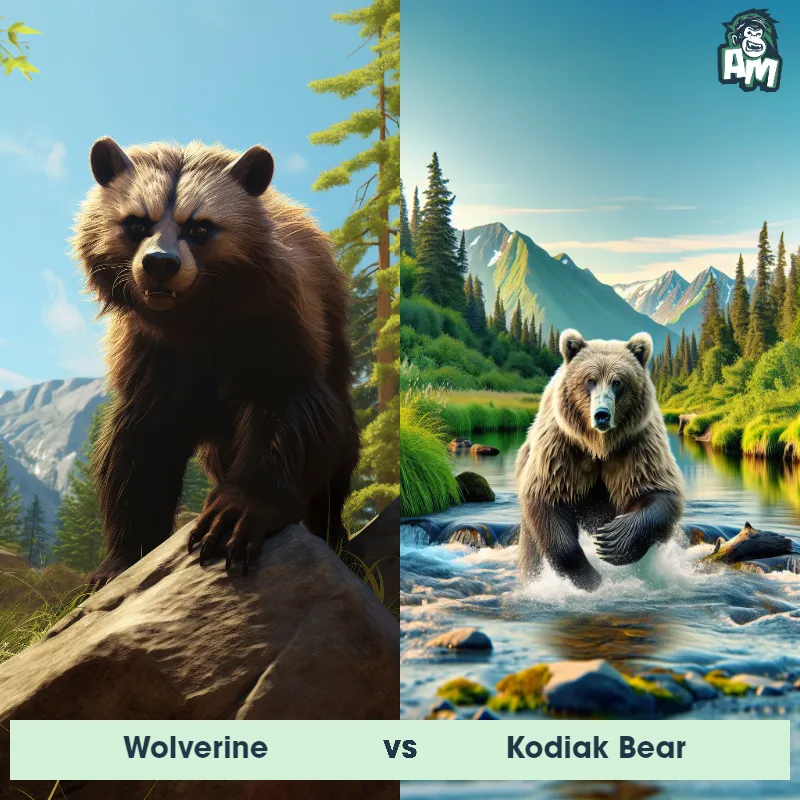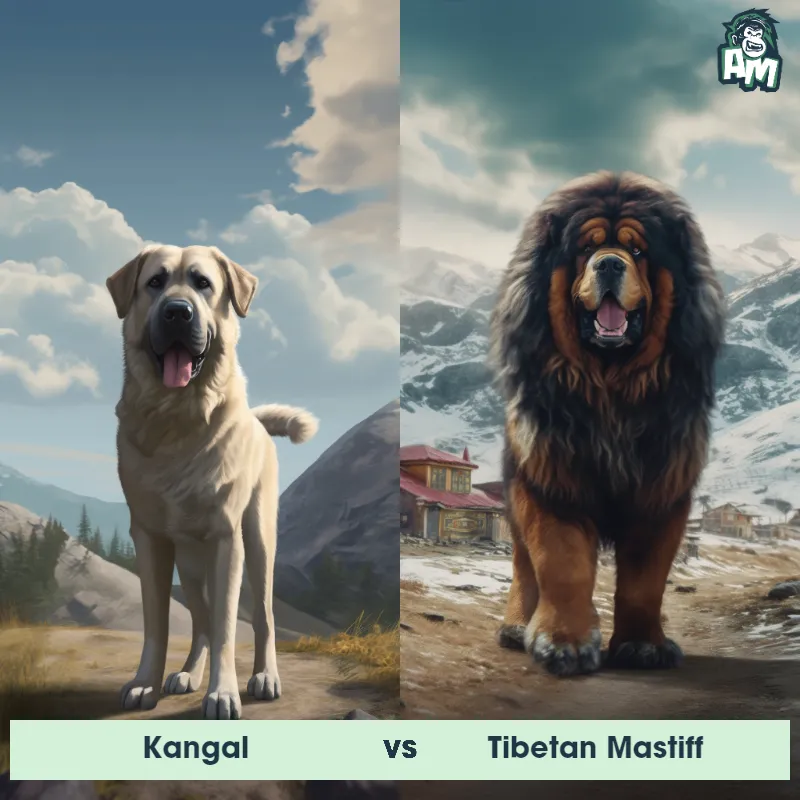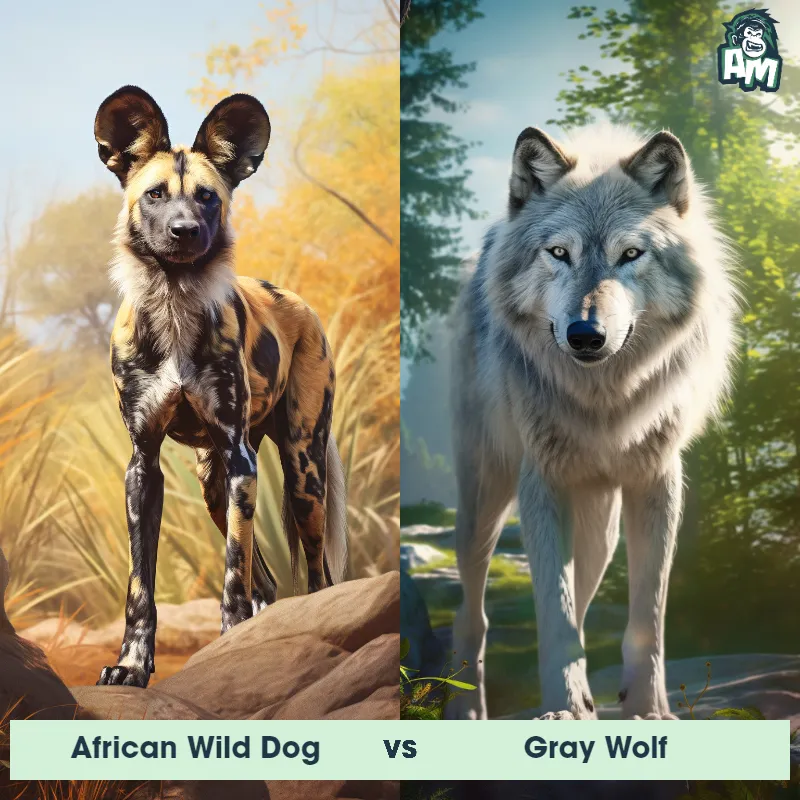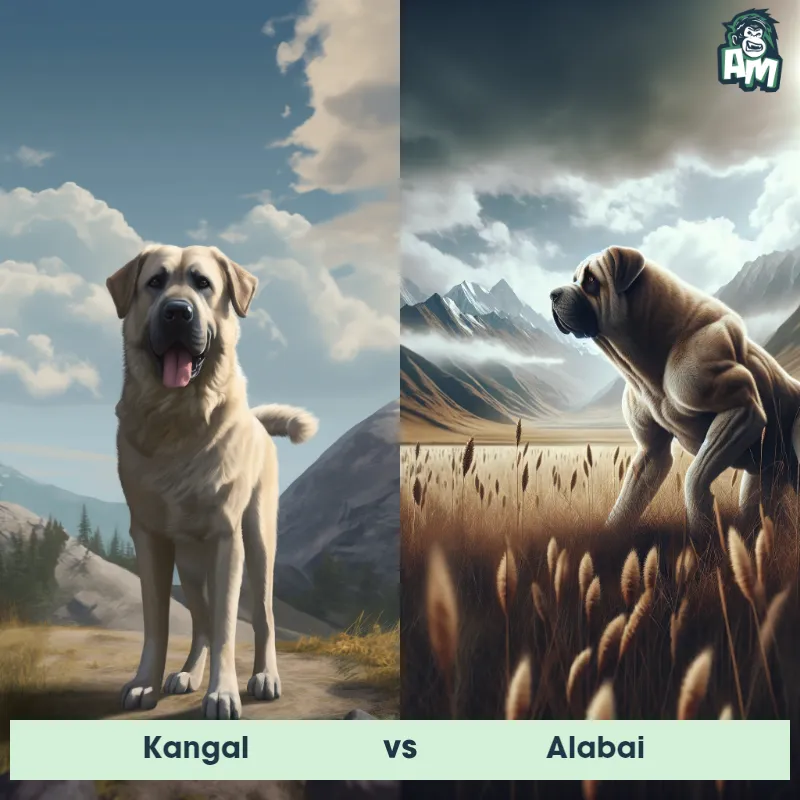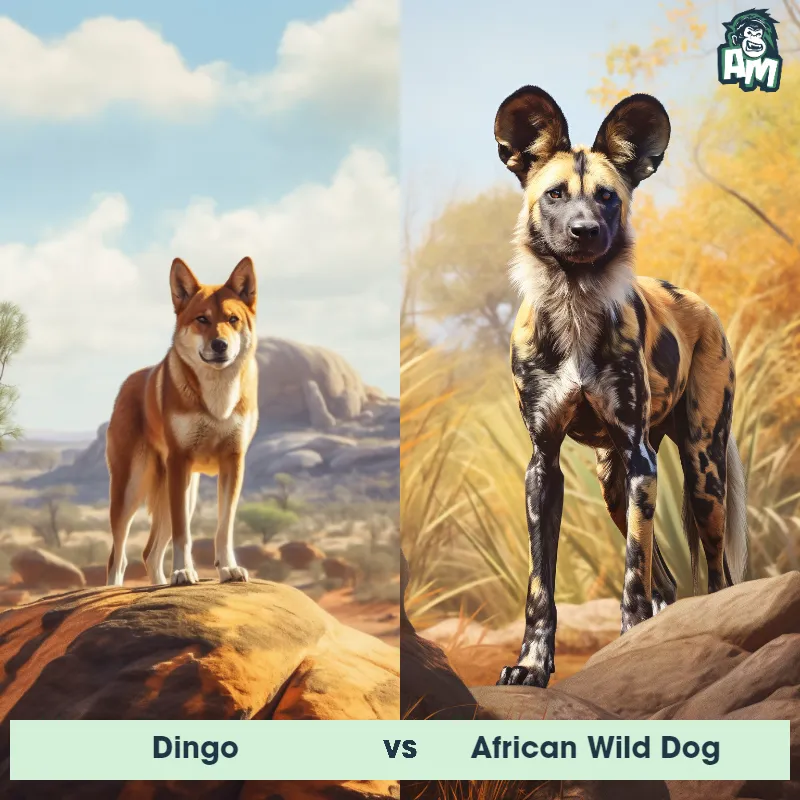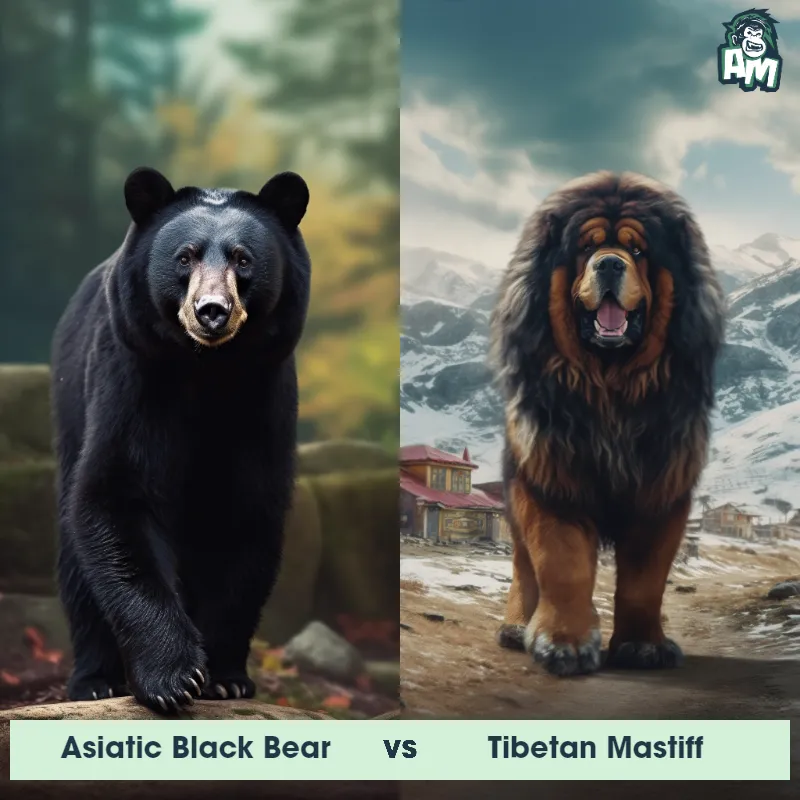Puma vs Gray WolfSee Who Wins

Ladies and gentlemen, welcome to the ultimate battle of the wild at our Animal Matchup Arena! Today we have an epic clash between two of nature's fiercest predators. In one corner, weighing in at an impressive 150 pounds, we have the agile and cunning Puma. And in the other corner, weighing in at a solid 100 pounds, we have the relentless and powerful Gray Wolf. Get ready for a three-round showdown that will leave you on the edge of your seats!
Contender 1: Puma
The Puma, also known as the mountain lion or cougar, is a large, solitary cat found in North and South America. They have a muscular build, short fur that ranges in color from tan to gray, and distinctive black markings on their face, ears, and tail. Pumas are known for their agility and can jump up to 18 feet in a single bound. They are also excellent hunters, with sharp claws and teeth that allow them to take down prey much larger than themselves.
Fun Fact: Pumas are one of the few big cats that can purr, which they do when they are content or communicating with other pumas.
Contender 2: Gray Wolf
The Gray Wolf, also known as the timber wolf, is a large canine species found in North America, Eurasia, and parts of Africa. They have a thick, grayish-brown fur coat, a bushy tail, and a strong, muscular build. Gray wolves are highly social animals that live in packs, with a dominant alpha male and female leading the group. They are skilled hunters and can take down prey much larger than themselves, such as elk and bison.
Fun Fact: Gray wolves have a complex communication system that includes howling, growling, and body language, allowing them to communicate with each other over long distances.
Matchup Stats
| Puma | Gray Wolf | |
|---|---|---|
| Size | 2-3 feet (0.6-0.9 meters) at the shoulder | 2-3 feet (0.6-0.9 meters) at the shoulder |
| Weight | 100-200 pounds (45-90 kilograms) | 70-110 pounds (32-50 kilograms) |
| Speed | Speed: 50 mph (80.47 km/hr) | Speed: 40 mph (64.37 km/hr) |
| Key Strength | Powerful jaws and sharp claws | Powerful jaws and sharp teeth |
| Biggest Weakness | Vulnerable to attacks from behind | Vulnerable to attacks on the neck and throat |
Current Votes
Puma vs Gray Wolf
See Who Wins
View More Matches
Looking For More?
Similar Matches
Scientific Stats
| Puma | Gray Wolf | |
|---|---|---|
| Scientific Name | Puma concolor | Canis lupus |
| Family | Felidae | Canidae |
| Habitat | Mountains, forests, deserts | Forests, grasslands, tundra, and deserts |
| Geography | North and South America | North America, Eurasia, and parts of Africa |
| Diet | Carnivorous, primarily deer and smaller mammals | Carnivorous, primarily feeding on large ungulates such as elk and bison |
| Lifespan | 8 years - 13 years | 6 years - 13 years |
Key Differences between Puma and Gray Wolf
- Coat Texture: Pumas have a short and sleek coat, while Gray Wolves have a thick and dense double coat, with long guard hairs and a soft undercoat, suitable for cold climates.
- Facial Features: Pumas have a rounder face with relatively short ears and a very defined jawline, while Gray Wolves have a more elongated face, longer snout, and larger ears.
- Body Structure: Pumas have a slender and agile body, with a long tail and a small head, while Gray Wolves have a bulkier build with a larger head and a fluffy tail.
- Size: The Gray Wolf is generally larger than the Puma, with adult males weighing between 70 and 145 pounds, while Pumas typically weigh between 100 and 180 pounds.
- Color: The Puma is typically tan or light brown, while the Gray Wolf can vary in color from gray to black, with some individuals displaying a mix of gray, brown, and black.
- Tail shape: Pumas have a relatively long and thin tail, whereas Gray Wolves have a bushy tail that is often held low while walking but raised when running or hunting.




